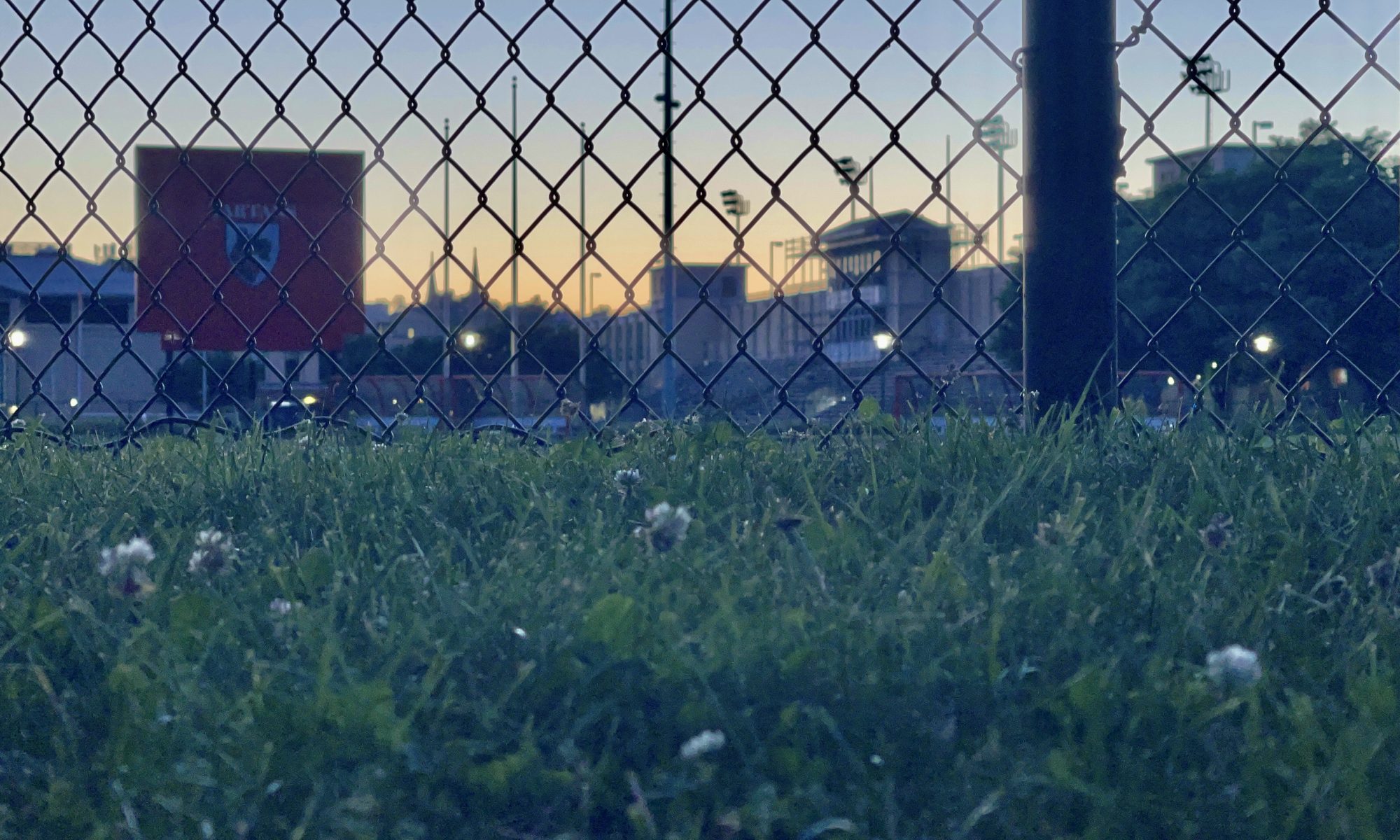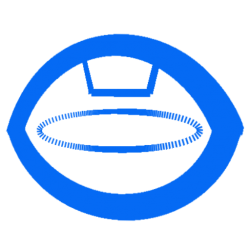For the week prior to the fall break, our group mainly focused on finishing and polishing the Design Review document. We split up the work evenly, with every team member taking up some part of the writing and filling in the part of the subsystem they are responsible for in the following developments. We were able to find existing journals and research to justify our design requirements, provide details for our system specs, and think of alternative approaches if some parts of the system would go wrong. The writing of the design documentation aided us to explain a lot more details not mentioned in our design review presentation due to time constraints (since we need to fit contents of two presentation into one as we redesigned our project after the proposal presentation), providing faculty a better picture of the project and helped clarifying details among group members.
While enjoying our fall break, we also made some progress in implementing some of the subsystems.
Thanks to Hongzhe (Eric), the Openpose posture detection is now working with imported images (handpicked high resolution from online video source) which we are going to use as reference postures and baseline in evaluating user poses. As we described inside our design documents, these images will be transformed into json files with key points of postures in 2D that will be passed into the comparison algorithm for calculation of the differences.
Shiheng worked on the Text-to-Speech engine, where it could take in text instructions generated from a comparison algorithm and pass them into the voice engine to generate real time instructions. The time required for the voice engine to generate output files is low (< 0.5 seconds for an average length instruction) and the output voices are clear and easy to understand. We will continue to look into voice engine outputs and determine the best way to present these vocal instructions to users.
On the frontend, Jerry looked into the project considering several Python packages for better UI and user considerations. He determined that the Kivy package will provide us with lots of widgets that could be easily implemented and a much better interface than Tkinter which was what we planned to use originally.
Ray focused on learning the kivy language and creating the prototype frontend application. He created a prototype page for the main menu and the pose selection page. He is also working on the screen manager feature of Kivy to support page switch in the application and expeirmenting on openpose data interfacing with Kivy UI.

